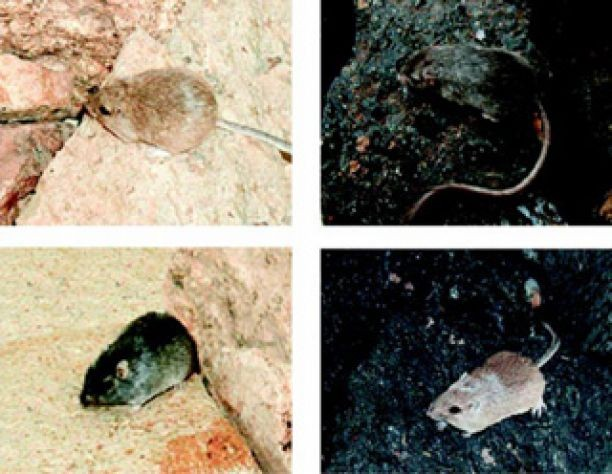4.4 Genes Get Around
Life cycles
Living organisms are characterized by growth and reproduction, and different types of organisms exhibit different life cycles. Most animals begin life as a single-celled zygote, which undergoes numerous cell divisions to become a fully formed individual. This individual develops into its reproductively mature adult form and produces gametes, sex cells such as sperm and eggs, which combine to form new zygotes. Plants and fungi exhibit versions of a two-part life cycle called alternation of generations. These life histories involve a multicellular stage that makes spores, and a multicellular stage that makes gametes.

Heredity
A key part of genetics is heredity, the basic rules that govern how genes are transmitted from one generation to the next. Sexually reproducing individuals inherit a unique combination of genes from their parents when sperm and egg fuse, soon after sex. Some characteristics are inherited simply, following the rules of Mendelian inheritance. However, most characteristics of an individual’s phenotype are due to a complicated, often unpredictable, blend of genetic and environmental influences. For example, an individual’s libido (or sex drive) is presumably influenced by genetic factors, such as the number of testosterone receptors their cells produce, as well as life experiences, the availability of sexual partners, nutritional status, and (ask any parent) how much sleep they are getting.
What does DNA do?
The information encoded in DNA results from how our cells read DNA’s four-letter alphabet of G, C, A and T. Each three-letter sequence of bases can be read as a codon, a molecular word that can be translated into an amino acid (or peptide); the primary structure of a protein is merely a string of amino acids (or a polypeptide) that have been encoded by a string of DNA bases. Think of a gene as a sequence of DNA bases that codes for a functional sequence of amino acids. In this way, DNA codes for proteins!
Evolution occurs when changes in DNA can be observed in populations
When DNA is passed from one generation to the next, what is being transmitted is really the genetic code for making proteins. In a group of individuals of the same species, most of their coding regions, or genes, will be the same. However, novel genetic changes, or mutations, occur as a small part of every individual’s genome. These mutations may not seem like much when they arise, and most mutations make no difference to an individual’s phenotype, but they are the ultimate source of genetic variation for all living organisms. Where there is variation there is the potential for some changes within a lineage. There is also the potential for some individuals to fare better or worse than others; in other words, this variation leads to the differential survival and reproduction we associate with evolution by natural selection.
An organism that inherits two nonfunctioning copies of a gene (one from each parent) may be at a disadvantage. She may not survive to reproductive age, or he may be less successful at reproduction. In each case, the individual’s genes are not well represented in the next generation. For example, a mouse that inherits two nonfunctioning gene variants, or alleles, for a coat color gene will not produce fur pigment. This light mouse may experience increased risk of predation on a dark background, and, depending on its environment, could be less likely to survive to reproductive age (figure 4.3). In some environments, however, the light mouse may be at an advantage.

Check Yourself
Content on this page was originally published in The Evolution and Biology of Sex by Sehoya Cotner & Deena Wassenberg and is reproduced here in compliance with the original CC-BY-NC 4.0 license.

